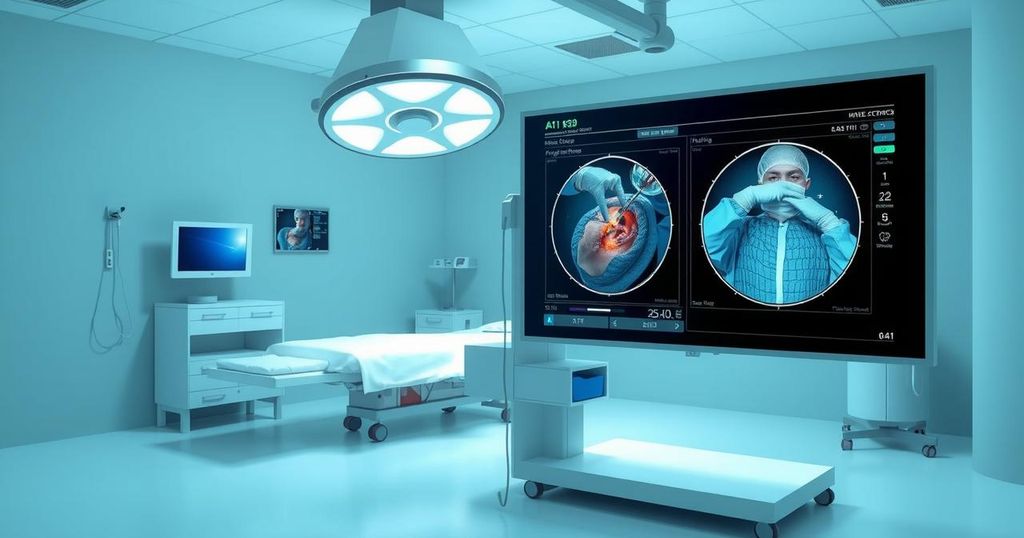Mayo Clinic Develops AI Tool to Detect Surgical Site Infections
- Mayo Clinic researchers have created an AI tool for detecting surgical site infections.
- The AI system achieves over 94% accuracy identifying incision photos.
- It could drastically change how postoperative care is monitored and delivered.
AI Revolutionizes Postoperative Care through Patient Photos
Mayo Clinic has unveiled a groundbreaking artificial intelligence (AI) system, capable of identifying surgical site infections (SSIs) from photos that patients upload. It’s quite a shift in how postoperative care could be delivered! This innovation could revolutionize outpatient monitoring as we know it.
Impressive Accuracy Achieved with AI Technology
The new AI tool, recently published in the Annals of Surgery, works through a sophisticated pipeline. Essentially, it starts by pinpointing surgical incisions from submitted images, assesses the quality of those images, and then flags any potential infection signs. With an impressive track record — trained on over 20,000 images from upwards of 6,000 patients across nine Mayo hospitals — it achieves a staggering 94% accuracy in detecting incisions and an 81% area under the curve when identifying infections.
AI Model Improves Early Detection and Care Efficiency
Dr. Cornelius Thiels, a hepatobiliary and pancreatic surgical oncologist at Mayo Clinic, spoke to the rising need for timely outpatient monitoring of surgical wounds. He mentioned how traditional monitoring, which falls on clinicians, can become burdensome and lead to delays in needed care. This AI model promises to change that — by helping to automatically triage images, it ensures that patients and their care teams have improved communication and early detection of infections.
The development of this AI system by Mayo Clinic researchers presents a significant leap towards modernizing postoperative care. With aspirations for faster patient responses and a decrease in diagnostic delays, the AI tool also aims to support clinicians in making better decisions. While validation studies are still needed, the potential impact on surgical follow-up could truly reshape patient care as we move into a future that embraces technology more fully.




Post Comment